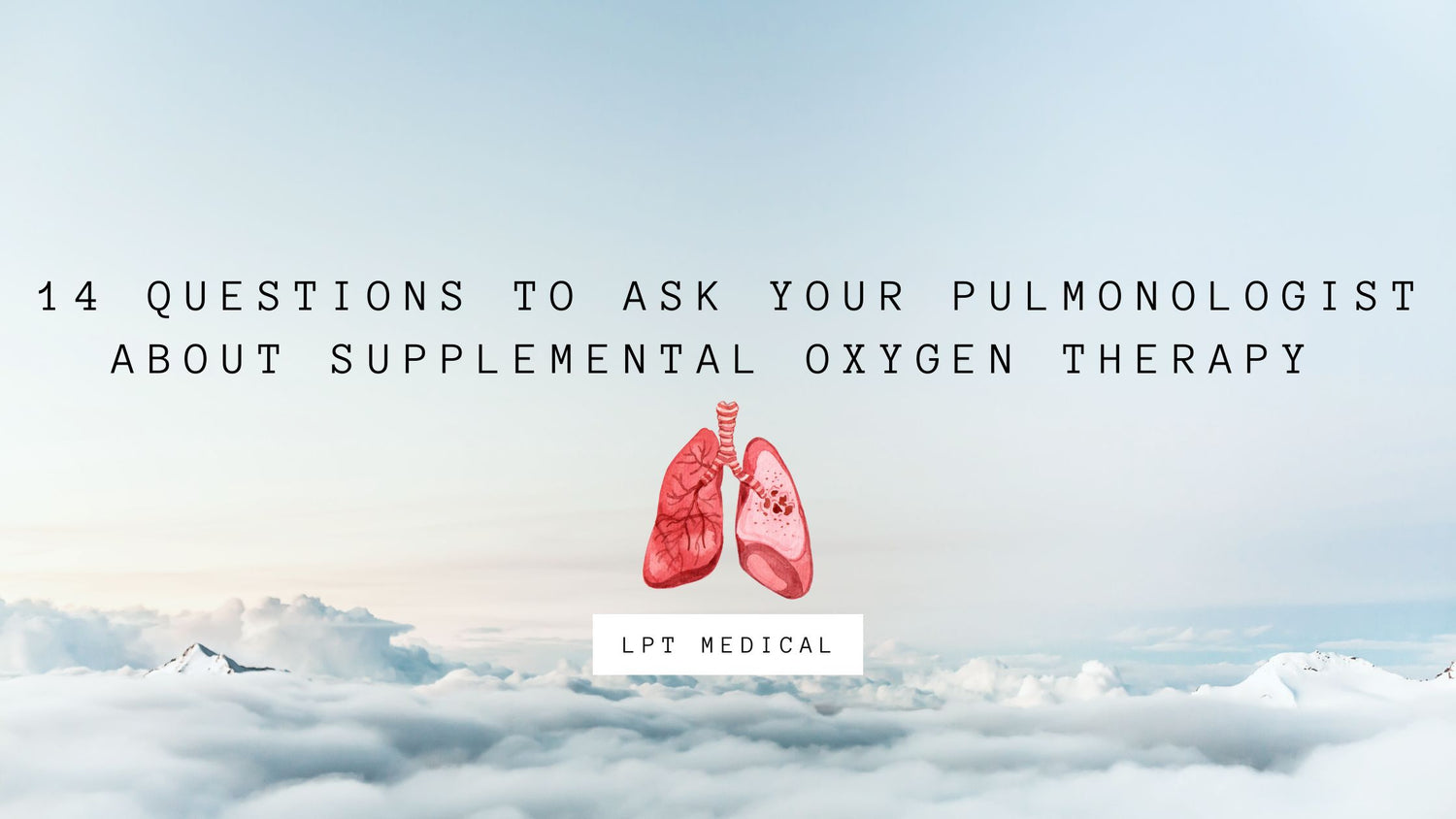Respiratory Resource Center - LPT Medical
21 Healthy Foods You Should Eat if You Have COPD
Image Courtesy of Melissa on Flickr If you...
Read More14 Questions to Ask Your Pulmonologist About Supplemental Oxygen Therapy
Supplemental oxygen is a type of medical therapy...
Read MoreA Resource Guide for COPD Patients who Struggle with Mental Health
COPD effects more than just your lungs and...
Read More


